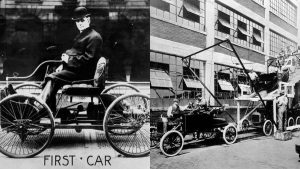Learn about the real-life Pocahontas
Pocahontas is a name that conjures images of adventure, romance, and cultural exchange, but how much of what we know is true? This article aims to peel back the layers of legend to uncover the real story behind this fascinating figure.
We’ll journey through her life, exploring her role as a bridge between Native American tribes and English settlers, and delve into how her legacy has evolved over the centuries.
Pocahontas: A Legend Beyond Disney

Most people first encounter Pocahontas through the lens of Disney’s animated film, which, while entertaining, takes significant creative liberties. The real Pocahontas was a Powhatan woman born around 1596, who played a crucial role in the early days of English colonization.
She wasn’t the romanticized figure of the movies, but rather a symbol of cultural diplomacy and resilience, whose life was far more complex than any animated tale.
Early Life in Tsenacommacah
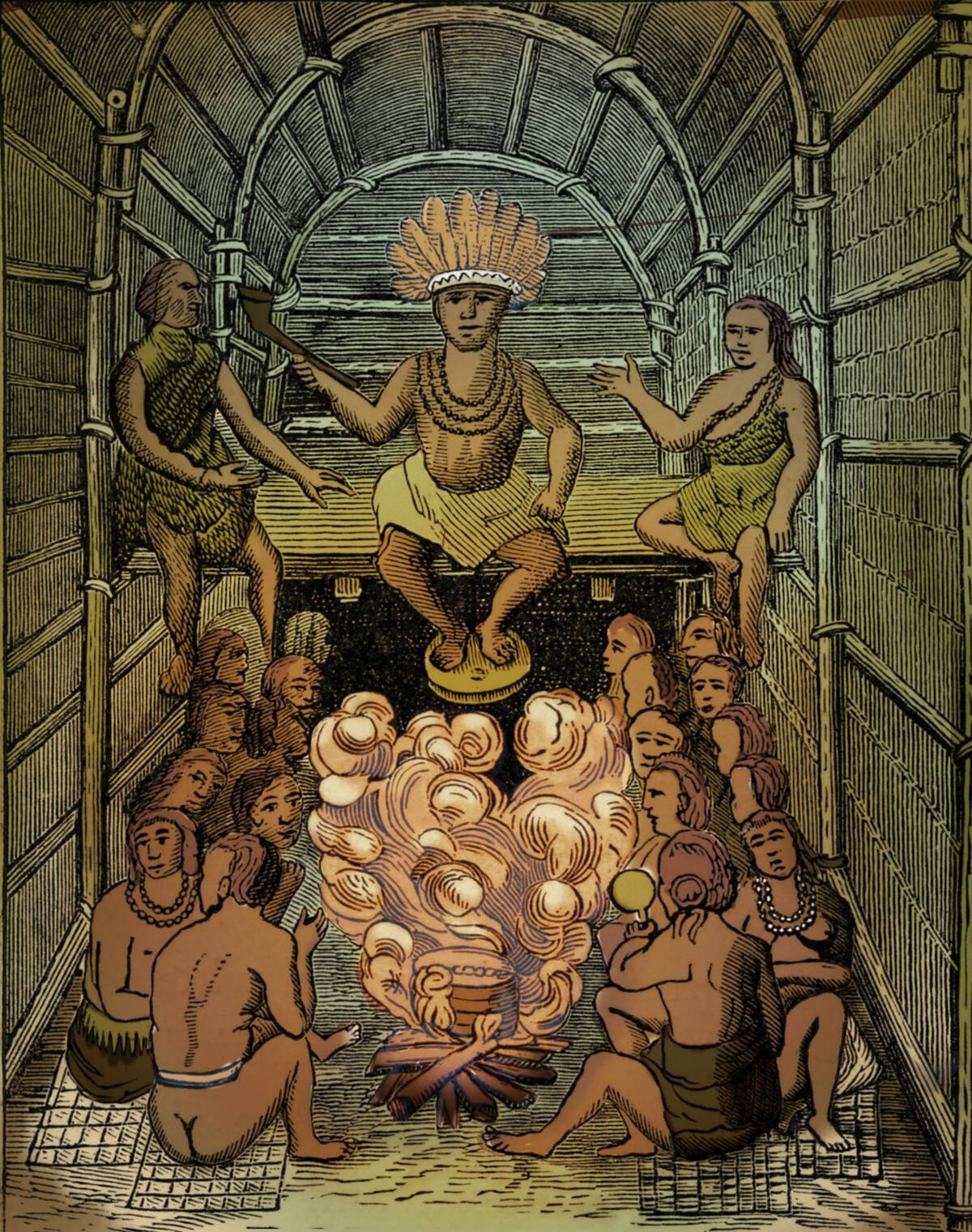
Pocahontas was born in the region known as Tsenacommacah, which is present-day Virginia. Her father, Wahunsenacawh (pictured), was the powerful chief of the Powhatan Confederacy, a group of Algonquian-speaking tribes.
Growing up in this environment, Pocahontas would have been well-versed in tribal traditions and the political intricacies of her father’s leadership, setting the stage for her later role as an intermediary.
The Powhatan Confederacy: Pocahontas’s World
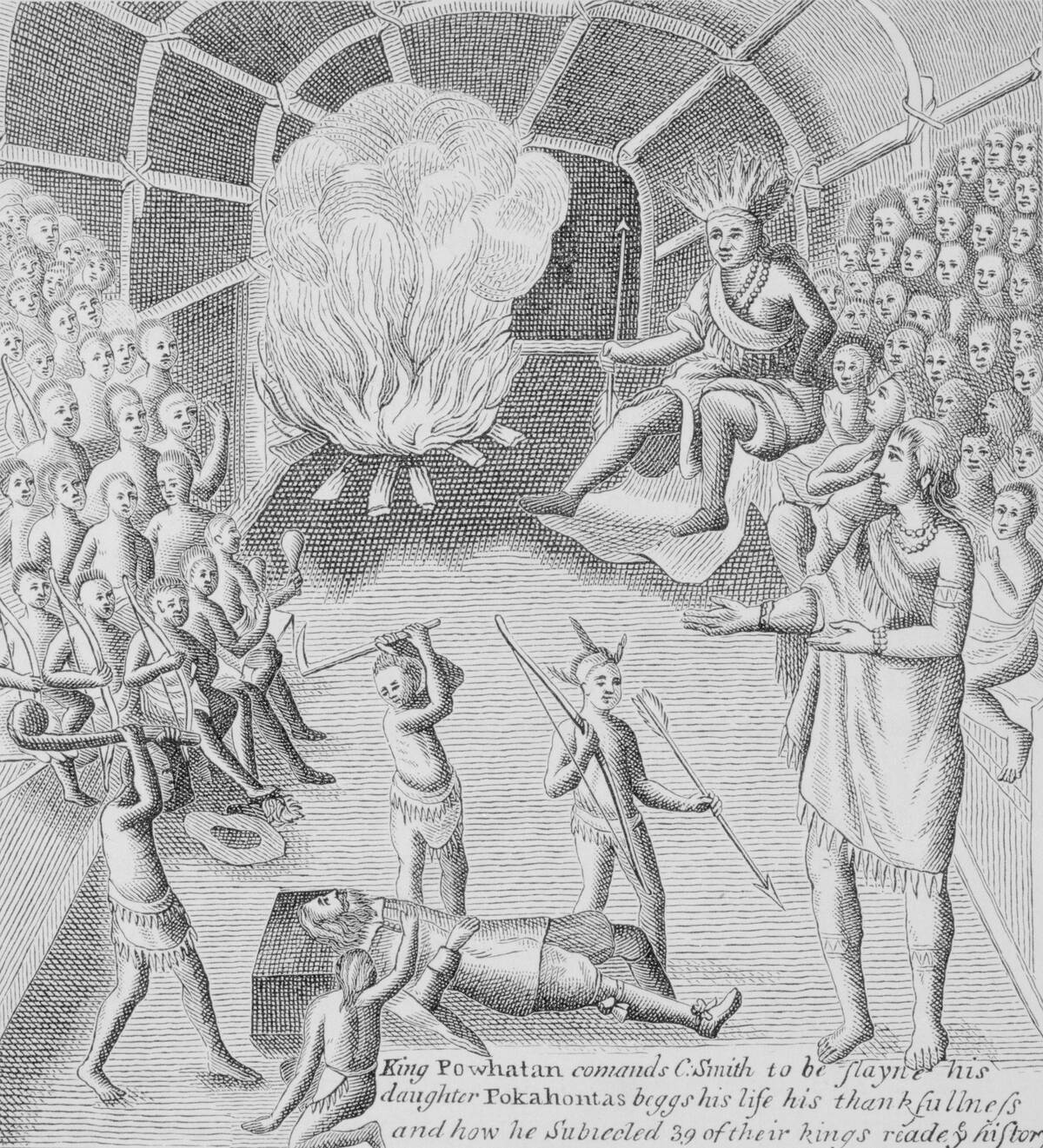
The Powhatan Confederacy was a network of over 30 tribes, each with its own leader but united under Chief Powhatan. This confederation was a formidable force in the region, and its members relied on one another for trade, defense, and cultural exchange.
Living in such a politically charged landscape, Pocahontas would have experienced firsthand the complex social structures that governed her people’s lives.
The Meaning Behind the Name Pocahontas
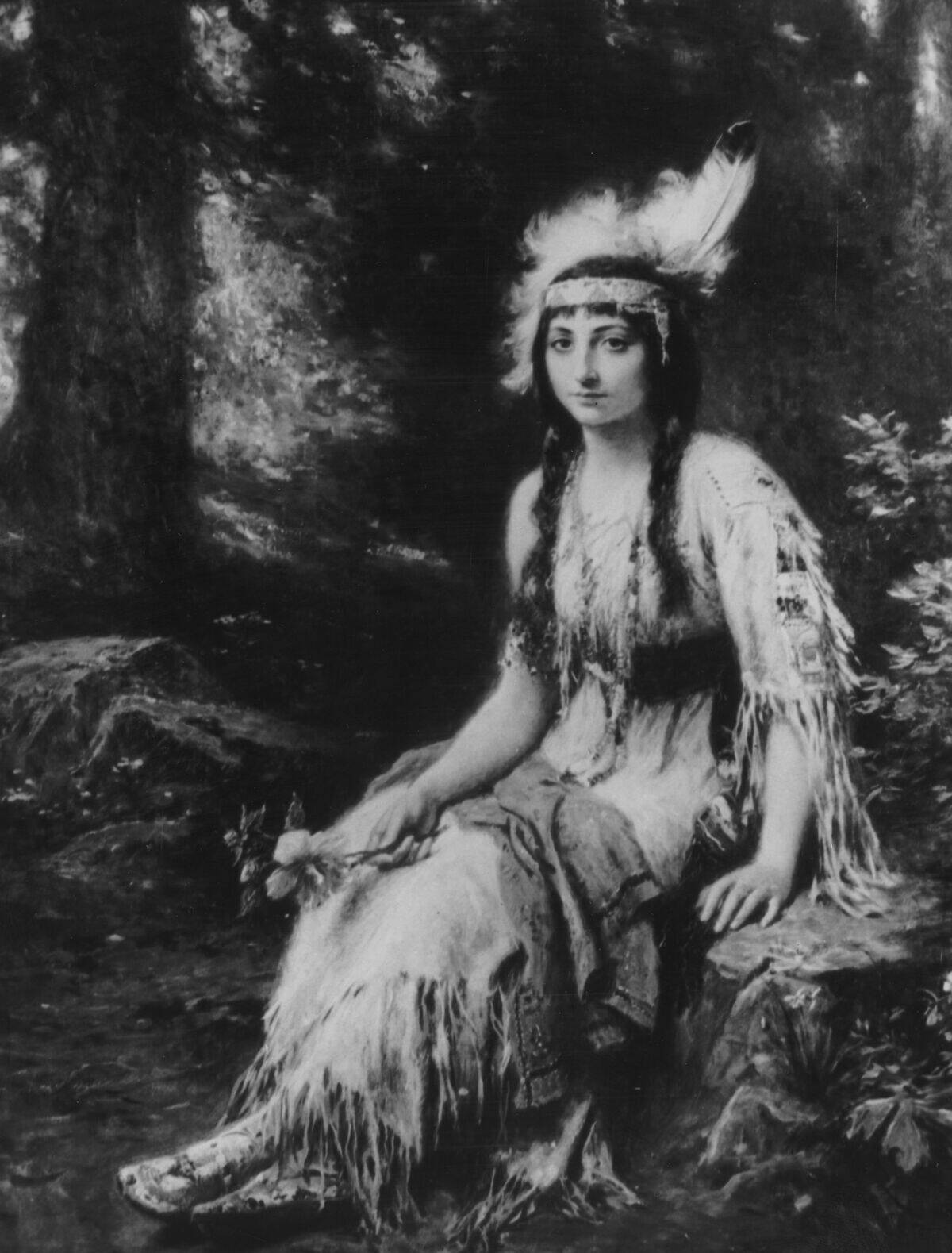
The name ‘Pocahontas’ was actually a nickname meaning ‘playful one’ or ‘ill-behaved child,’ reflecting her spirited nature. Her formal name was Matoaka, and she was also known as Amonute.
These names hint at her multifaceted identity within her community and suggest a personality that was both lively and influential, traits that would have been invaluable in her diplomatic endeavors.
A Look at Pocahontas’s Family and Upbringing
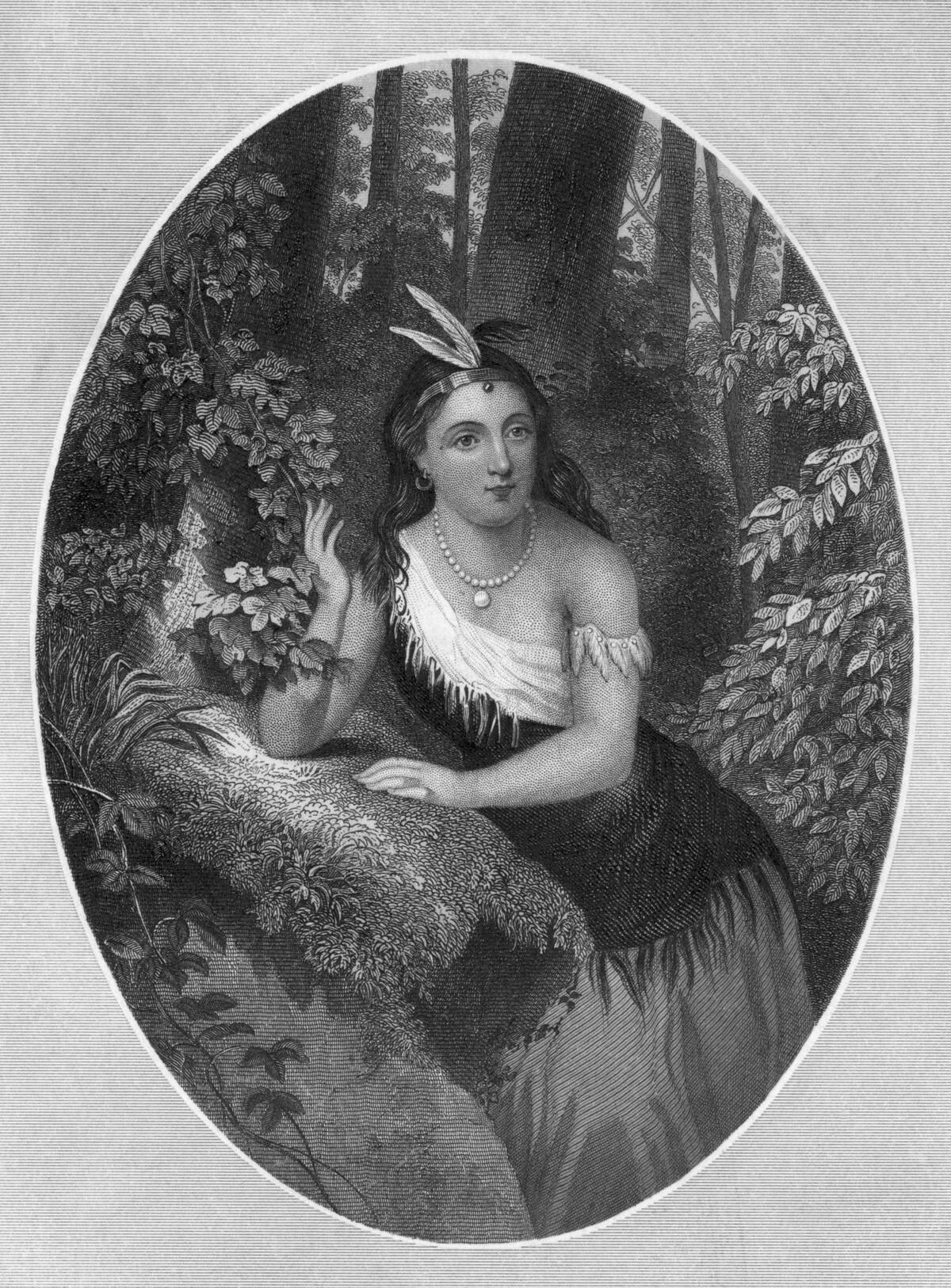
As the daughter of Chief Powhatan, Pocahontas enjoyed a privileged upbringing, yet it came with expectations. Her mother’s identity remains a mystery, but it’s believed she was one of Powhatan’s many wives.
Growing up in a matrilineal society, where family lineage was traced through the mother, Pocahontas would have been groomed to understand her role within her father’s vast network of alliances.
Pocahontas’s First Encounter with English Settlers
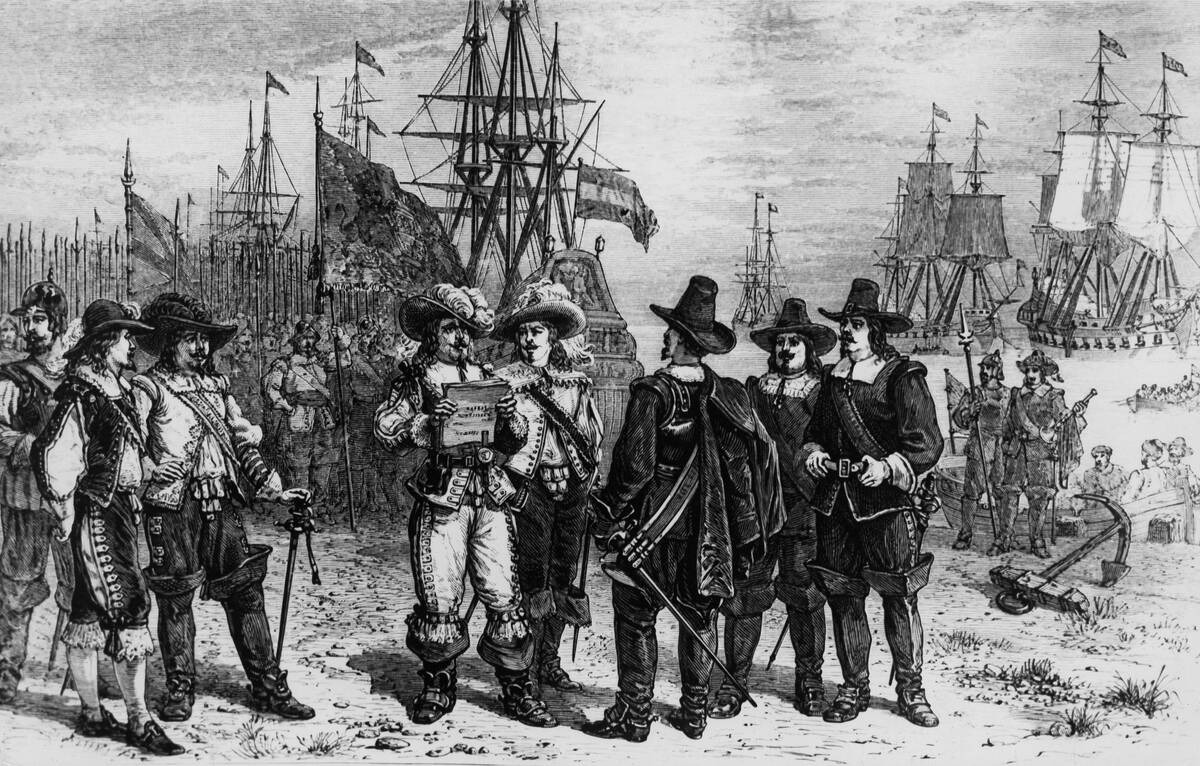
Pocahontas first encountered English settlers around 1607 when they established the Jamestown colony. At the time, she was just a child, but her interactions with the newcomers were significant.
She became known for her visits to the colony, often bringing food and engaging with the settlers, which helped establish initial lines of communication between her people and the English.
Myths and Misconceptions: Separating Fact from Fiction
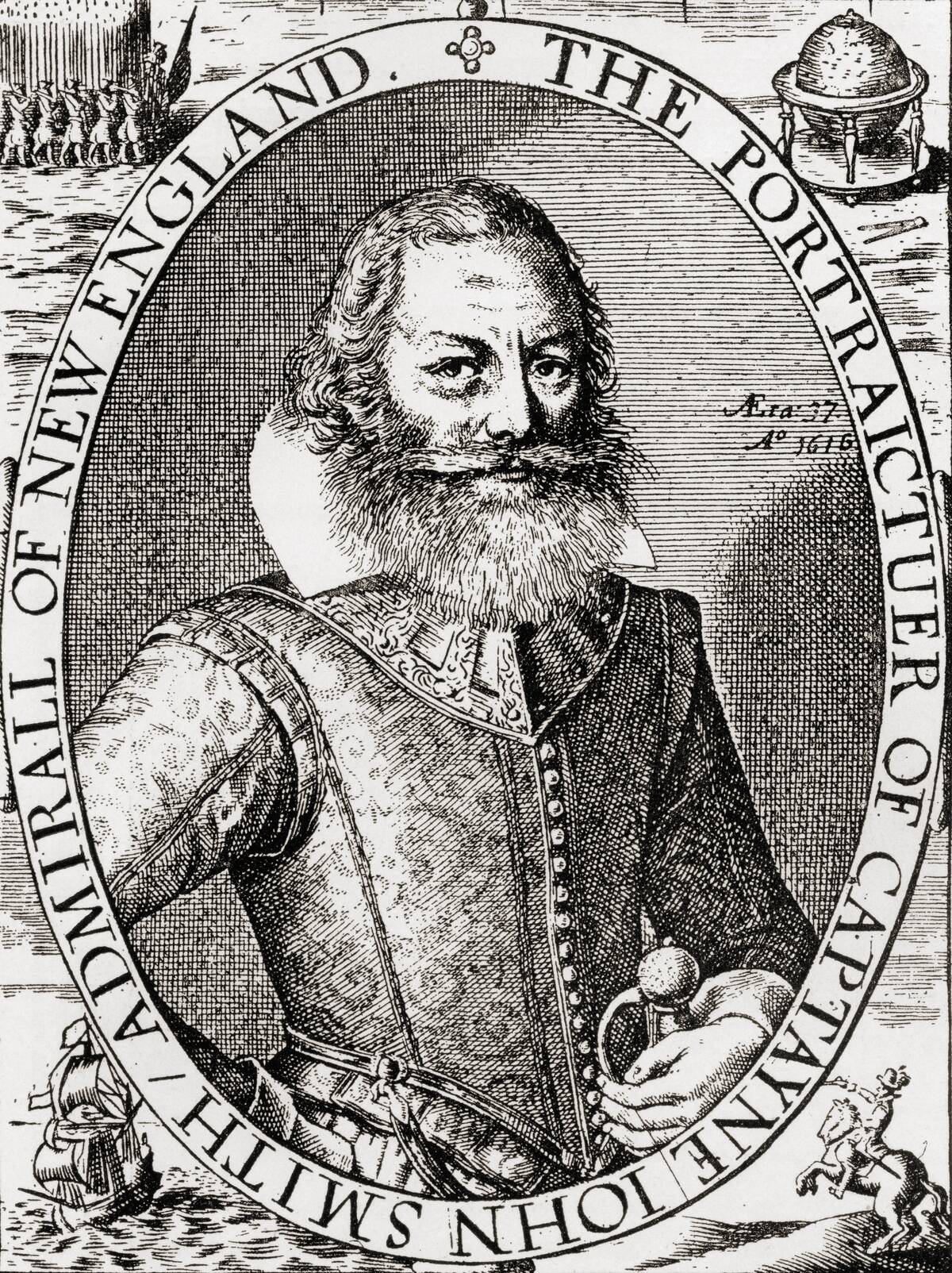
Many myths surround Pocahontas’s life, often distorting reality. Contrary to popular belief, she was never romantically involved with John Smith, as the Disney movie suggests.
In fact, much of her story has been romanticized over the years, overshadowing her true contributions as a diplomat and cultural bridge between two worlds, roles far more significant than the fictionalized versions.
The Famous Rescue of John Smith
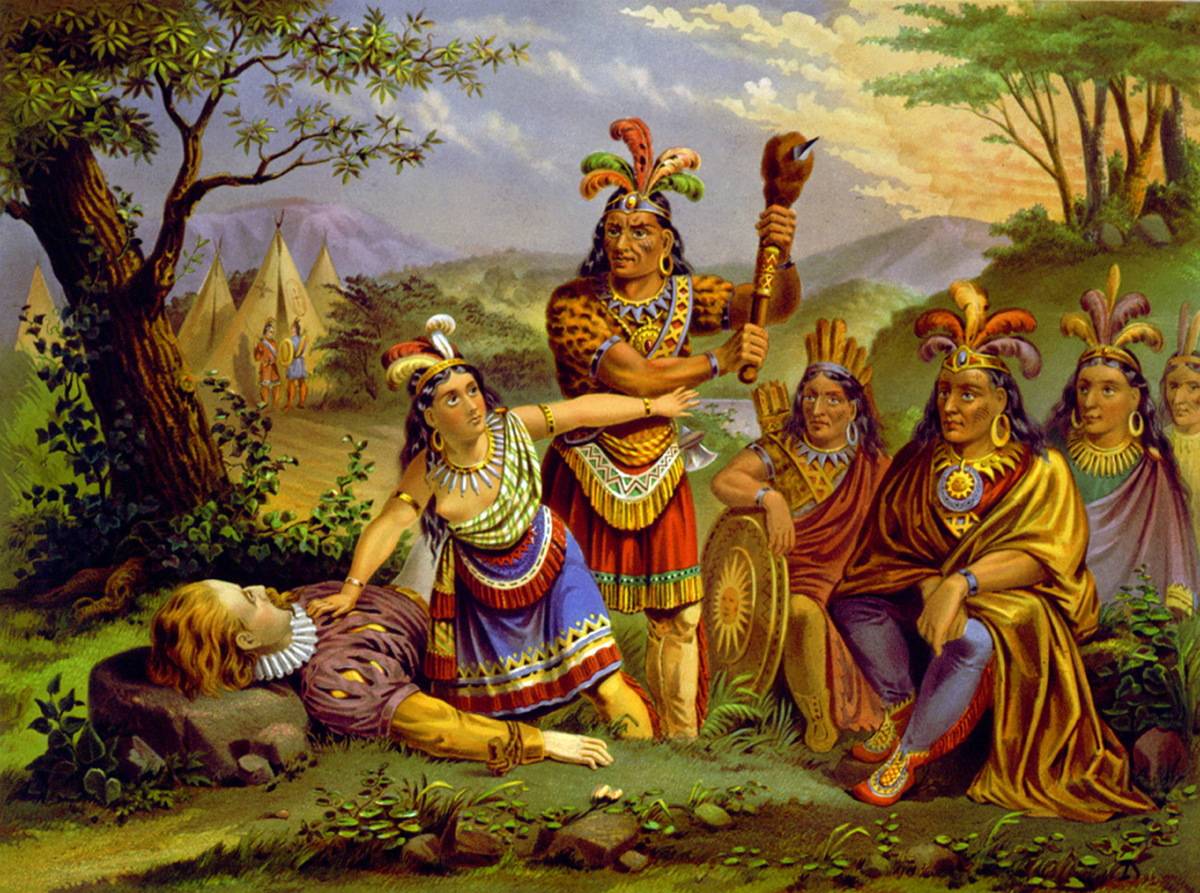
One of the most enduring tales is Pocahontas’s rescue of John Smith. According to Smith, she saved his life during a mock execution, a claim debated by historians.
While some suggest it was a staged ritual to symbolize Smith’s acceptance into the tribe, others question the event’s occurrence altogether. Regardless, this story highlights the complex interactions between the Powhatan and the English.
Pocahontas’s Role as a Cultural Ambassador
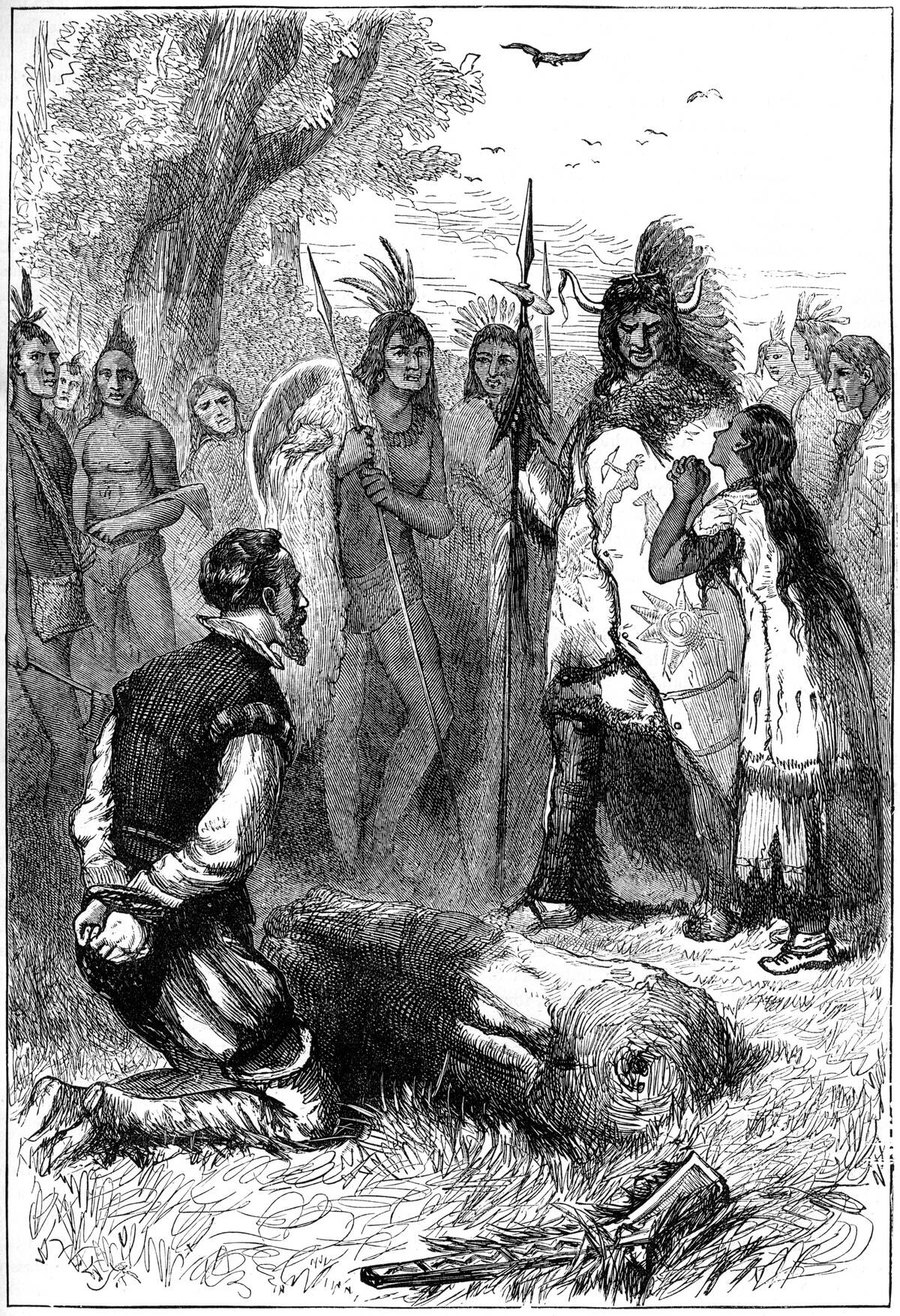
Pocahontas was more than just a historical figure; she was a vital cultural ambassador. Her ability to navigate between her people and the English settlers helped maintain a fragile peace.
Her visits to Jamestown and her mediating presence often diffused tensions and encouraged dialogue, illustrating her importance in a time of uncertainty and change. She wasn’t just a bridge; she was a beacon of hope for coexistence.
The Capture and Conversion of Pocahontas
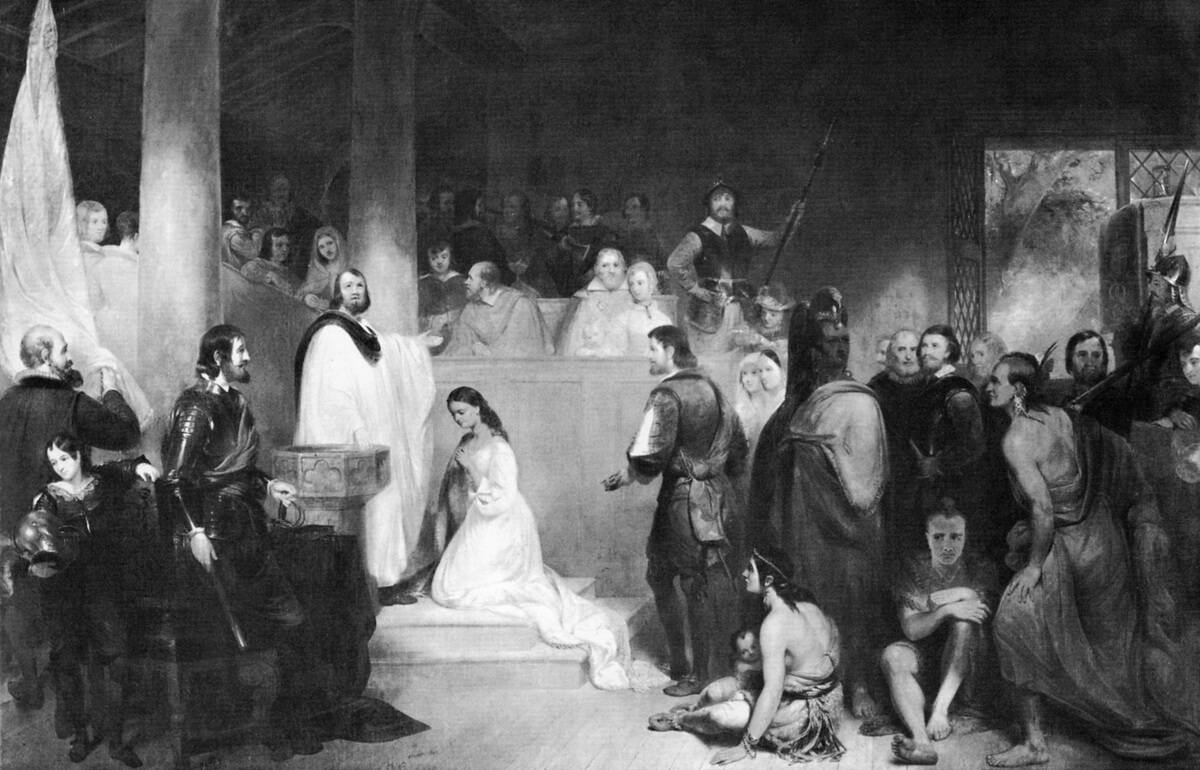
In 1613, Pocahontas was captured by English settlers and held for ransom. During her captivity, she was introduced to Christianity and ultimately converted, taking the name Rebecca.
Her conversion was both a personal transformation and a political maneuver, as it signified a potential pathway to peaceful relations. This event marked a turning point in her life, leading to her marriage to an Englishman and further integration into colonial society.
The Marriage to John Rolfe: An Unlikely Union
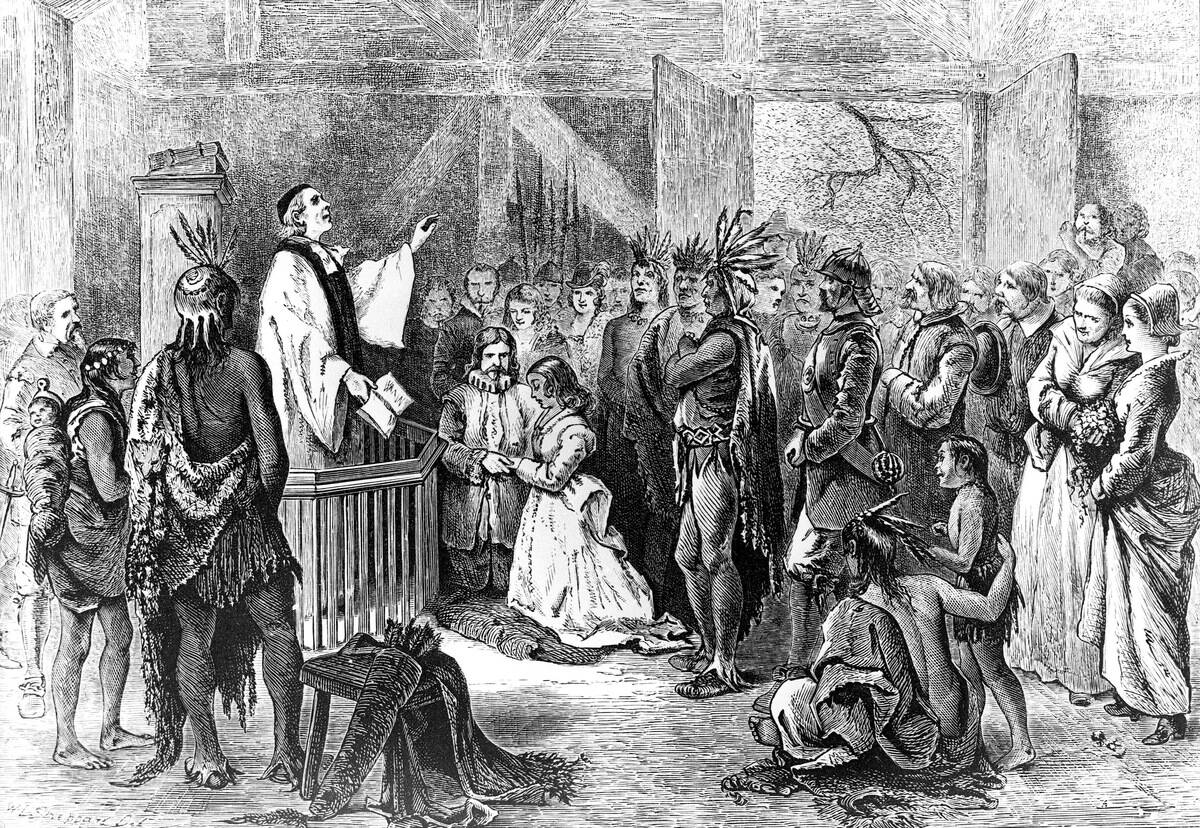
In 1614, Pocahontas married John Rolfe, a tobacco planter, in what was one of the first recorded marriages between a Native American and an English settler.
This union was as much a political alliance as a personal relationship, aimed at fostering peace between the two cultures. Their marriage, which resulted in a son named Thomas, was a symbol of potential harmony and cooperation in a divided land.
Journey to England: Pocahontas’s Time Abroad
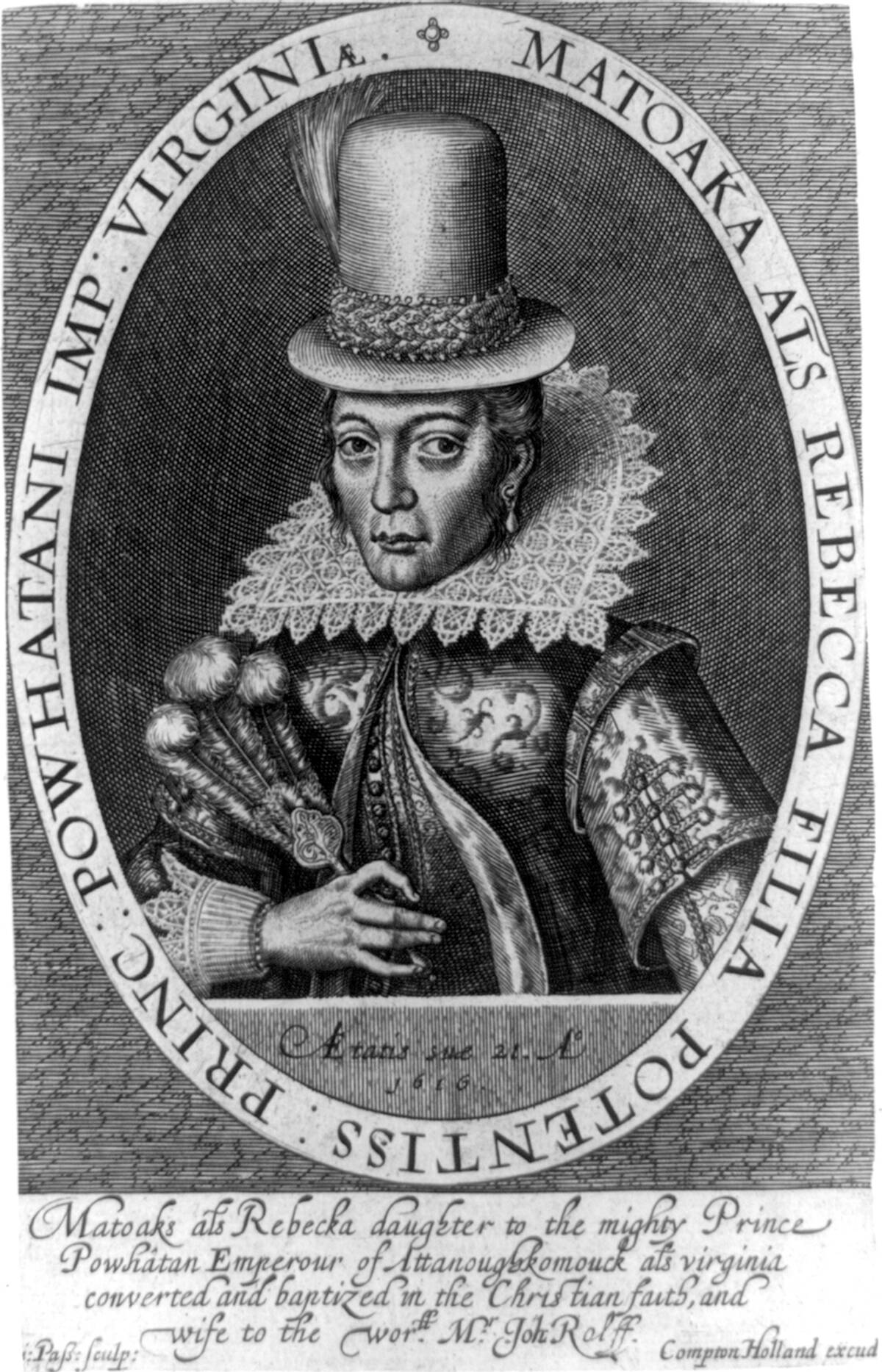
In 1616, Pocahontas traveled to England with Rolfe and their young son, Thomas. Her visit was part of a promotional tour to garner support for the Jamestown settlement. In England, she was presented as an example of the ‘civilized savage,’ a narrative that fascinated the English public.
Her presence at royal events and her introduction to King James I showcased her status as a cultural icon and a living testament to the possibilities of colonial endeavors.
The Lasting Impact of Pocahontas on Anglo-Native Relations
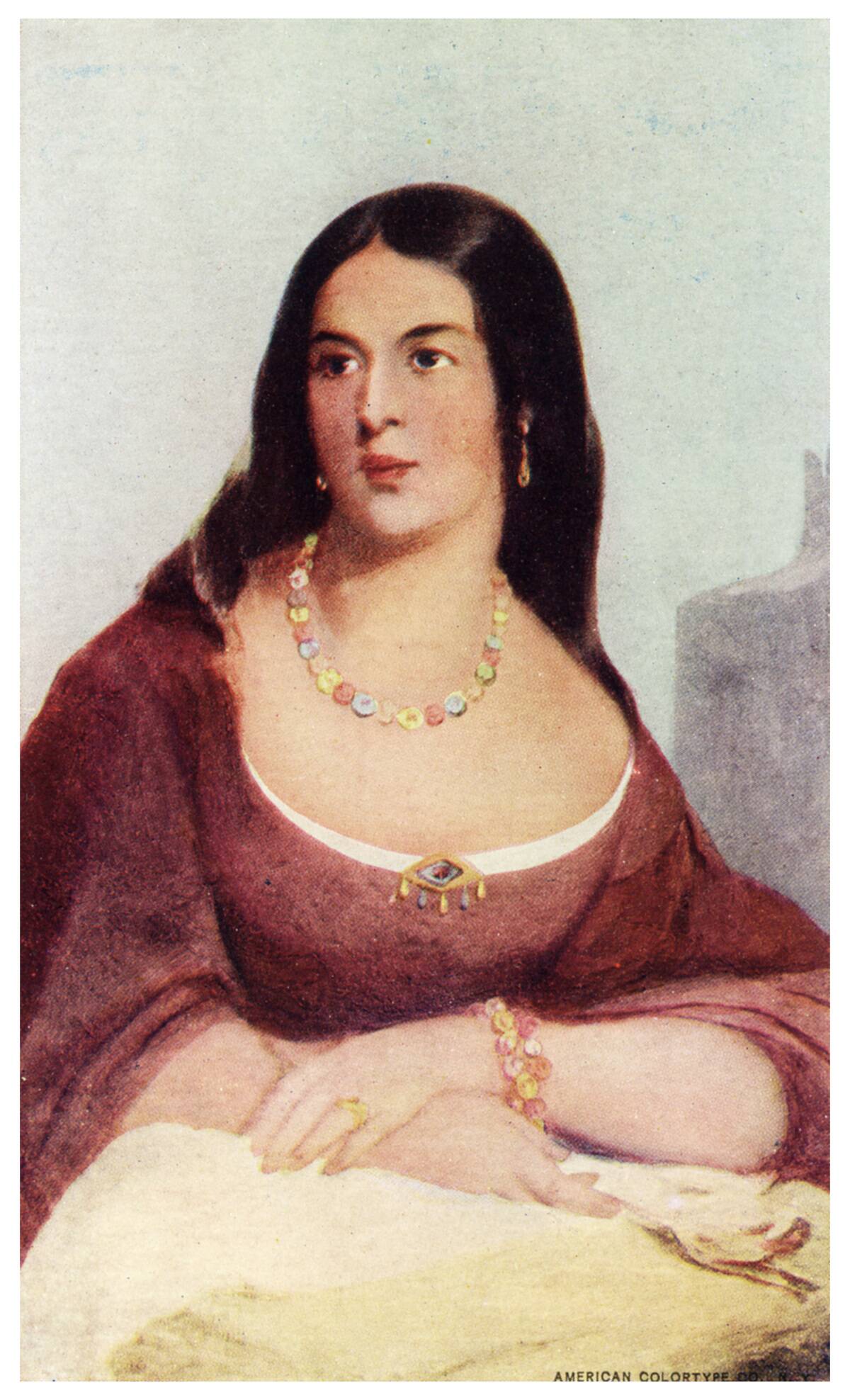
Pocahontas’s efforts to bridge cultures left an indelible mark on Anglo-Native relations. Her marriage and conversion were seen as symbols of potential harmony between the two worlds.
Though her life was cut short in 1617, her legacy continued to influence diplomacy and foster a narrative of peace and cooperation, albeit one often romanticized and fraught with complexity.




